Compared to other countries, Japan is considered a country that experiences many natural disasters. The biggest concern for tourists and residents in Japan is what to do during a natural disaster, like a typhoon or earthquake. For people that rarely or never experience earthquakes in their home country, earthquakes that can happen anytime and anywhere may seem a horrifying prospect.
However, for long term residents in Japan are used to minor earthquakes and are rarely affected by them. Once in a while though, a large-scale earthquake may occur, showing humanity how powerful nature can be. But danger can happen anytime and anywhere in the world, what is most important is how to prepare yourself for it.
In this article, we will answer the frequently asked questions about Japan earthquakes like why Japan always has earthquakes, the levels of 震度 (Shindo) Japan’s seismic scale, Japan’s anti-earthquake measures & technology, and the crucial what to do during and after an earthquake in Japan.
First Published: 2022/03/11
Updated: 2024/01/15
Table of Contents
- Why does Japan always have earthquakes?
- What can happen during an earthquake? aka Earthquake Consequences
- What are the levels of Japan’s seismic scale, 震度 (Shindo)?
- What to do during an earthquake in Japan?
- What to do after an earthquake in Japan?
- What to prepare in case an earthquake happens in Japan?
- Extra: Japan’s Anti-Earthquake Measures & Technology
- Extra: Biggest Earthquakes in Japan History
Why does Japan always have earthquakes?

Japan always has earthquakes because the country is located along the Pacific Ring of Fire, which is a tectonic belt characterized by its many volcanoes and earthquakes. Other countries along this belt also experience frequent earthquakes, including the country with the most earthquakes in the world - Indonesia. There’s one good thing about being in this position however, and that is the large number of volcanoes which also means many hot springs.
Read about the relationship between hot springs and volcanoes here.
Another reason Japan always has earthquakes is the country’s location along the boundary of 4 major tectonic plates: the North American (or Okhotsk), the Eurasian (or Amur), the Pacific, and the Philippine Sea tectonic plates. The collision and movement of these tectonic plates creates geological stress, leading to many earthquakes in Japan.
※ USGS, “Which country has the most earthquakes?”
What can happen during an earthquake? aka Earthquake Consequences

The destruction by an earthquake depends greatly on its size and intensity. A small and weak earthquake can be harmless, while a large and strong earthquake can bring devastation. Apart from the expected and apparent damage from earthquakes, such as road and earth surface damage, building damage and collapse, earthquake related injuries, etc. there are also less obvious and unexpected consequences, such as:
Communication Network Down or Disrupted
Earthquakes in Japan can cause minor to major damage to transmission lines and/or communication towers which may result in network disruption or total network failure. This makes it difficult for people to contact their families and friends to confirm each other’s safety.
To rectify this issue, carriers have taken steps to reinforce telecommunication infrastructure and have also introduced disaster emergency message dial systems and the like.
Public Transportation Network Down or Disrupted
Suspension or cancellation of public transportation networks are common during and in the aftermath of an earthquake. Depending on the damage severity to train lines or roads, it may last for weeks or months.
The consequences of a disrupted transportation system is not just inconvenience, it can also lead to villages being isolated, cause difficulty for evacuation of residents, and subsequently become a major obstacle for the transportation of emergency relief supplies to earthquake victims.
Basic Utilities (gas, water, electricity) Down or Disrupted
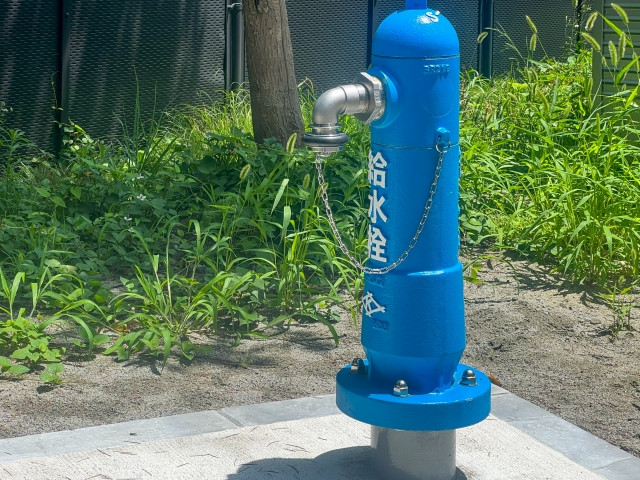
Earthquakes in Japan can also disrupt the supply of basic utilities such as gas, water and electricity. In the event of a large earthquake, there is a risk of power outage, and gas and water supply disruption. As a result, electronic devices may become inoperable, cooking cannot be done, and water supply becomes greatly limited. How soon things will recover depends on the extent of damage.
Damage and Danger from Fire or Explosion
Fires or even explosions can also be indirectly caused by earthquakes that damage power lines and gas pipelines. There is also a risk of a fire occurring in the kitchen when an earthquake hits while the stove is on. People are advised to immediately stop using the stove when an earthquake occurs.
During the 1923 Great Kanto Earthquake, many fires broke out because the earthquake hit at a time when many people were cooking. Wooden buildings and homes were the norm during those times, so the fire spread rapidly and uncontrollably. The fire could only be extinguished in 2 days by which many buildings were destroyed and lives lost.
A repeat of this incident is unlikely to occur in this modern age when wooden buildings are few, fire extinguishers are available at all buildings, the improvement of emergency services, and other reasons.
Incoming or Imminent Danger of Tsunami
Japan is an island country surrounded by the ocean, which means there is a risk of a tsunami occurring due to an earthquake or its aftershocks. The damage from a tsunami can be devastating. The largest tsunami recorded in Japan was 20 to 30 meters tall along the Sanriku coast near the earthquake’s epicenter. In Miyagi, Iwate and Fukushima prefectures where the tsunami hit, nearly 19,214 people were affected.
What are the levels of Japan’s seismic scale, 震度 (Shindo)?
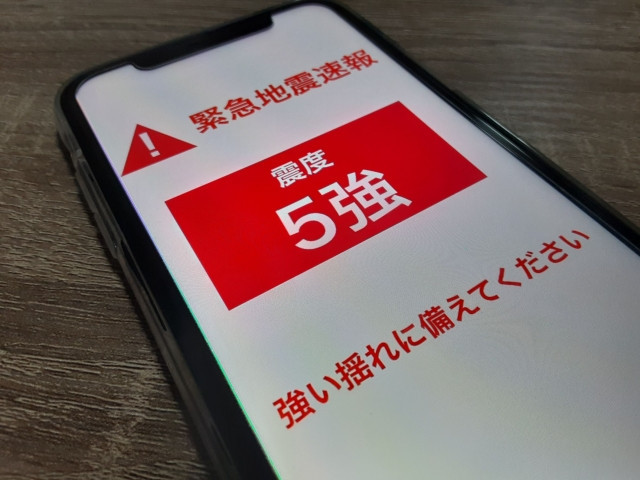
Where magnitude measures the size of an earthquake from its source, intensity is the measurement of an earthquake’s potential to damage and affect people. Japan’s seismic intensity scale is called 震度 (Shindo). Shindo levels range from 0 to 7, with higher values representing higher intensity.
- Shindo 1: Vibrations only detectable by seismometers but not strong enough to be felt by humans.
- Shindo 2: Only a few people in quiet environments can feel the vibrations.
- Shindo 3: Most people in quiet environments can feel the vibrations. Slight swinging of hanging objects, and rattling of unsecured light objects.
- Shindo 4: May startle some people. Unsecured light objects may fall over, and hanging objects will swing.
- Shindo 5 Weak (5弱): Some people will feel unstable. Household items may fall, and unsecured furniture may move.
- Shindo 5 Strong (5強): Hard to walk without support. Unsecured furniture and objects may fall. Be careful of unsecured TV.
- Shindo 6 Weak (6弱): Hard to stand. Unsecured furniture and objects likely to fall. Stay away from windows that may break and fall.
- Shindo 6 Strong (6強): Cannot stand, crawl to move. Wooden structures and unreinforced concrete walls may collapse.
- Shindo 7: Cannot stand, crawl to move. Even reinforced concrete walls may collapse.
※ JMA, “Tables explaining the JMA Seismic Intensity Scale”
What to do during an earthquake in Japan?
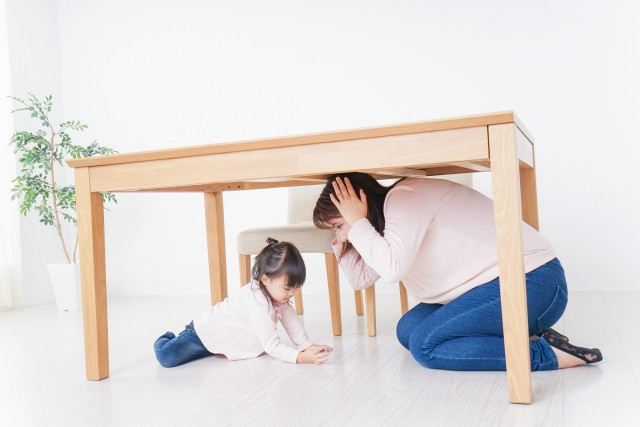
Earthquakes can happen anytime and anywhere. Depending on where you are where the earthquake happens, there are different types of action to take.
When Indoors
- Seek shelter under a safe place, like a table, to protect yourself from falling objects.
- If using the stove, immediately switch off the gas to prevent fire from happening and seek shelter under a safe place.
- When able, open and leave doors ajar as they may become wedged shut.
- Keep away from windows to avoid glass shattering and injuring you.
- If evacuation is required, avoid using the elevator, and make your way to the emergency stairway and exit in a calm and organised manner.
When Outdoors
- Move away from high-rise buildings, or any building, that are at risk of collapsing.
- Keep away from windows that may break, and hanging sign boards or similar items that may fall.
- Use whatever you can, such as a bag or jacket, to protect your head from falling objects as you find shelter.
- Follow the instruction of public officers like station staff, the police, person in charge, etc. to evacuate or take cover.
What to do after an earthquake in Japan?
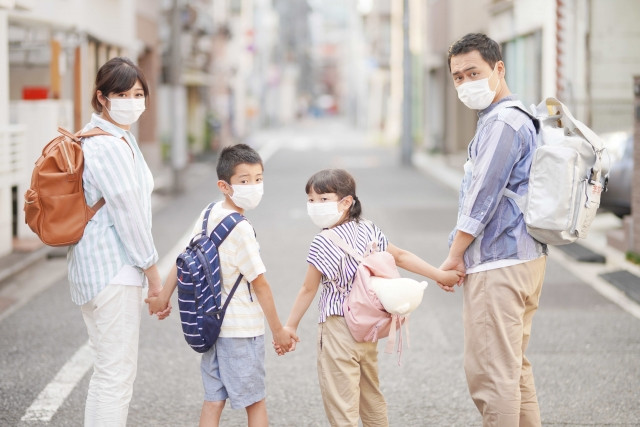
After an earthquake, the danger may not be over yet, so be on alert. There is a risk of strong aftershocks or tsunami happening. Do a physical check for injuries, and check your surroundings for any potential dangers such as gas leaks, fire, broken glass or broken electrical wires. If necessary, evacuate the building according to safety instructions.
When should I evacuate?
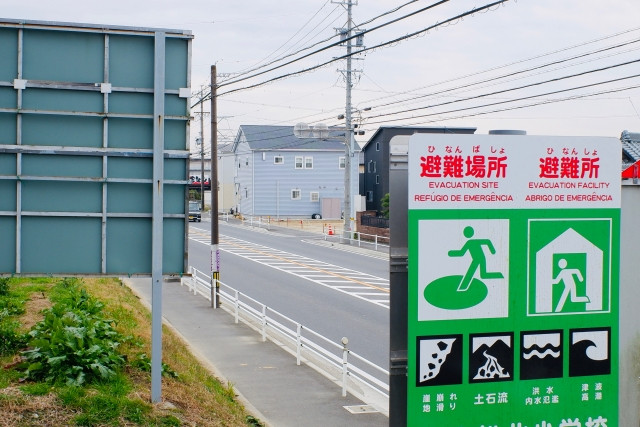
Japan’s evacuation order comes in 5 levels. The most important to know are Levels 3 to 5 when action needs to be taken. Below, we introduce the levels and what you should do when the relevant evacuation order is announced.
- Level 1: Probability of Warnings (JMA)
- Level 2: Heavy Rain, Flood, or Storm Surge Advisories (JMA)
- Level 3: 高齢者等避難 (Koureishatou Hinan) Evacuation of the Elderly, etc.
- Those with difficulty moving such as the elderly, young children, and physically disabled to start evacuating.
- Others to prepare to evacuate in case Level 4 is declared
- Level 4: 避難指示 (Hinan Shiji) - Evacuation Order
- All residents to evacuate at once from hazard areas.
- For your safety, evacuate before or when Level 4 is declared.
- Level 5: 緊急安全確保 (Kinkyuu Anzen Kakuho) - Emergency Safety Measure
- IMMEDIATELY seek shelter in your own home or nearby building.
- Disaster is in-progress and the situation is life threatening, evacuating to designated evacuation shelter is dangerous so take steps to protect yourself wherever you are.
- ※ Level 5 Warnings are rarely announced.
※ Disaster Management in Japan, “Evacuation Information (Revised Version)”
What to prepare in case an earthquake happens in Japan?
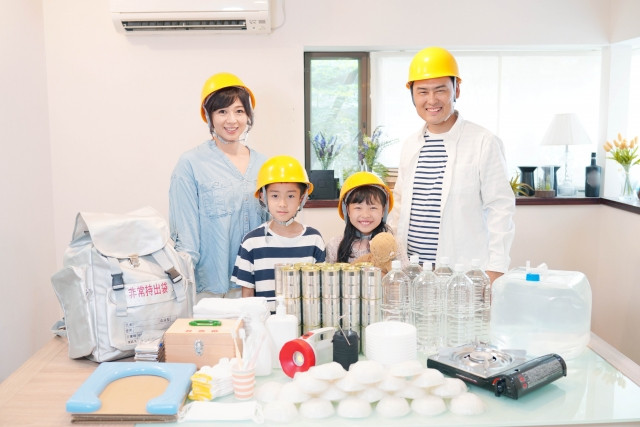
Earthquakes are unpredictable, but you can still prepare to minimise damage and injury to yourself. You can also be prepared to head out to the evacuation shelter at once when an evacuation order is declared.
Here are some ways you can prepare yourself for an earthquake:
Install Helpful Apps In-Advance
We recommend the following to keep you updated on natural disaster warnings and the real situation:
- Safety Tips by JNTO includes earthquake, tsunami and other weather warning in 15+ languages
- NHK World is a Japan news app available in 19 languages that also covers earthquake and tsunami information and warnings
- X (previously Twitter) is a fast source of information but beware of fake news. Follow trustworthy and official accounts like @JapanSafeTravel by JNTO or @EN_NERV
- Official Regional Apps operated by prefectures and cities in Japan, so check their websites
Bookmark Helpful Sites to Access Immediately
We recommend the following for both the latest information as well as disaster preparedness advice:
- Japan Meteorological Agency (JMA) has the most updated weather information including natural disasters in 15 languages
- Bousai.go.jp contains Disaster Management information provided by Japan’s Cabinet Office. Includes evacuation guides, disaster mitigation points, helpful apps and websites
- The Ministry of Land, Infrastructure and Tourism (MLIT) has a multilingual Disaster Prevention Portal
- Japan Visitor Hotline (050-3816-2787) by JNTO is a 24/7 hotline for tourists that provides support in English, Chinese and Korean. The website contains useful emergency numbers to know in the case of emergencies.
Prepare a Survival Kit aka Evacuation Bag
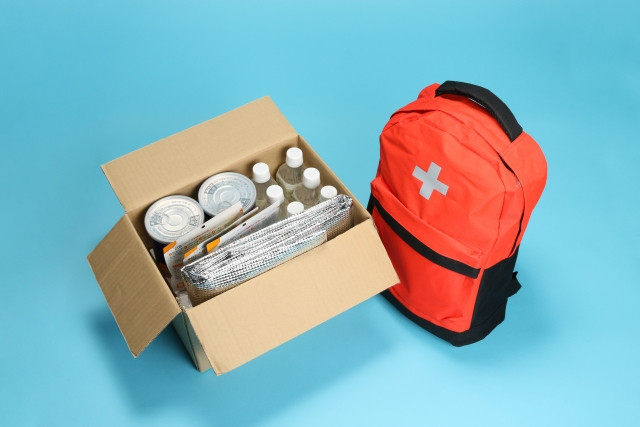
A backpack with essential items for your arrival should be ready at all times in your home. Once an evacuation order is announced, retrieve your survival kit and evacuate immediately.
Here are some necessary items that should be in your evacuation bag:
- Food & Water (water, canned food, dry foods, snacks ...)
- Valuables (passport, residence card, health insurance card, cash, ...)
- Clothing (spare underwear, spare socks, raincoat, sports shoes, ...)
- First Aid Supplies (bandages, plasters, disinfectant, medication, ...)
- Hygiene Items (toothbrush & toothpaste set, towel, wet tissues, portable toilet, toilet paper, disposable masks, plastic bags, …)
- Comfort Items (Kairo, blanket, scarf, picnic mat, …)
- Helmet, lighter, working gloves, flashlight, spare batteries, portable radio, powerbank, swiss army knife, whistle, tape, …
- Evacuation Memo (evacuation map, emergency services contact numbers, family member phone numbers, personal medication information, …)
You can also prepare a stash of food and water in your home in the case that evacuation is not needed, but utilities like gas, water or electricity are cut off.
Quake-Proof Your Home by Securing Furniture and Large Objects
Falling objects during an earthquake can cause injury. Unsecured large furniture like wardrobes, bookshelves, and TV can cause serious injury or even trap you beneath it. They can also block windows and doorways blocking escape routes. Materials to secure furniture and large objects can be found at hardware stores, 100 Yen shops, and online.
Extra: Japan’s Anti-Earthquake Measures & Technology
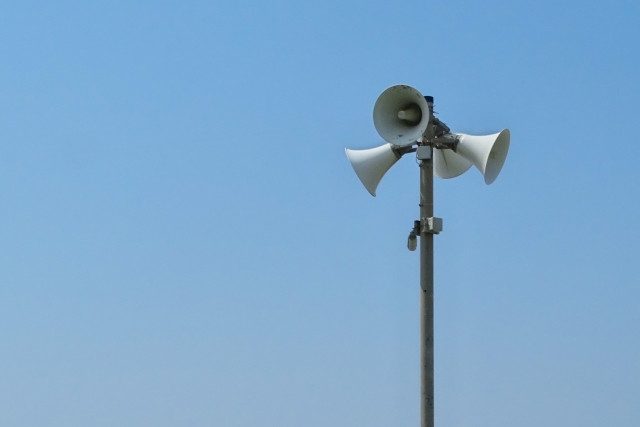
- Earthquake Monitoring with a system composed of seismographs and seismometers.
- Seismic Intensity Information Reports update disaster prevention authorities on Shindo 3 and above earthquakes within 1.5 minutes.
- Earthquake Early Warning System is a pre-earthquake alert announcement for incoming Shindo 5 and above earthquakes. It informs of the predicted quake strength and expected time of hit.
- Tsunami Warning predicts whether a tsunami is going to happen based on the seismic data collected in the event of an earthquake. If there is, information about the estimated height and arrival time will be sent to authorities prompt for further action. If you see a tsunami flag being waved, don't waste time and start running.
- Earthquake Disaster Countermeasures are always in-place at public facilities, for example trains will automatically suspend when an earthquake happens. Operations will resume once it is safe to do so though some lines will move at a slower pace if necessary. You can find videos of train services practicing for earthquakes like the one below.
- Earthquake Building Codes require by law that buildings be built to be quake-proof. Older buildings might be following the old code that calls for quake-proof up to shindo 5 only. If you’re worried, you should check when your building was built. Buildings before 1981 follow the old codes, 1981 to 2000 the new codes, and 2000 onwards follow stricter new codes.
-
Seawalls built along the coast aim to mitigate tsunami damage by blocking the waves out
※ JMA, “Monitoring of Earthquakes, Tsunamis and Volcanic Activity” ※ JR-West, “In the Event of an Earthquake”
Extra: Biggest Earthquakes in Japan History
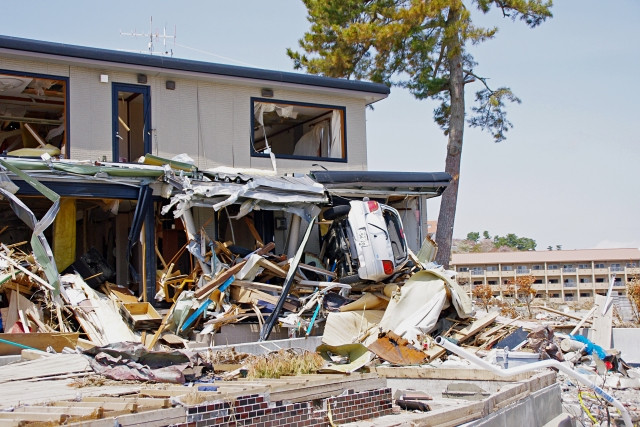
Japan experiences over 1,000 earthquakes a year, the majority of them are Shindo 0 to 2, which means that only seismometers notice them. Even earthquakes at Shindo 3 to 4 are of small concern, locals and long term residents will simply shrug them off in an “Oh, did you feel that?” way.
Earthquakes from Shindo 5 and above are considered significant, causing a buzz on social media and news as they can cause quite some damage.
The latest major deadly earthquake to happen in Japan was the 2024 Noto Peninsula Earthquake that struck the Noto Peninsula of Ishikawa Prefecture on the afternoon of New Year’s day.
2024 Noto Peninsula Earthquake
The Noto Peninsula Earthquake occurred in Noto Peninsula of Ishikawa Prefecture on January 1st, 2024 at 16:10 JST. The earthquake had a magnitude of 7.5 to 7.6, and an intensity of Shindo 7. The earthquake triggered tsunamis in the areas that caused further damage, with the highest tsunami wave reaching 6.58 meters tall.
At time of writing, the number of casualties include over 200 deaths, over 600 injured, and 38 unaccounted for. Many evacuees have taken shelter and evacuation centers and the country has gathered together to help provide donation, support and emergency relief for those affected.
2016 Kumamoto Earthquake
The Kumamoto Earthquake consisted of a series of 2 earthquakes that occurred in Kumamoto City. The first earthquake, a foreshock earthquake, occurred on April 14, 2016 at 21:26 JST. It had a magnitude of 6.2, and an intensity level of Shindo 7. The mainshock earthquake hit on April 16, 2016 at 01:25 JST with a magnitude of 7.0, and an intensity level of Shindo 7, bringing further damage to the area.
The recorded casualties of the earthquake was over 200 deaths (including indirect deaths) and over 2000 injured. As reported by Mainichi in 2016, the likely last unaccounted for person has been discovered.
2011 Great East Japan Earthquake
Also known as the Great Tohoku Earthquake, the Great East Japan Earthquake is one of the deadliest earthquakes to happen in Japan and in the world. The main earthquake occurred in the northwestern Pacific Ocean on March 11, 2011 at 14:46 JST. It had a magnitude of 9.1, and an intensity level of 7.
The large-scale earthquake affected many parts of the Tohoku region of Japan, the worst being Sendai, which was the nearest major city. Following the already destructive earthquake, the ensuing tsunami that reached heights of 40.5 meters tall, caused further widespread damage to coastal cities.
The earthquake could be felt as far as Tokyo (Shindo 5 Strong), and even Kyushu (Shindo 1). Badly affected areas include Fukushima, Miyagi, Iwate, Chiba, and Ibaraki prefectures. The Fukushima Nuclear Accident was a direct result of the earthquake which struck the nuclear plant causing a nuclear meltdown.
The recorded casualties of the earthquake was over 19,000 deaths (including indirect deaths), over 6000 injured, and over 2000 still unaccounted for.
1995 Great Hanshin Earthquake
Also known as the Kobe Earthquake, the Great Hanshin Earthquake occurred in the southern part of Hyogo prefecture on January 17, 1995 at 05:46 JST. The earthquake had a magnitude of 6.9 ~ 7.3, and the highest Shindo level of 7.
The earthquake was recorded as one of the deadliest, most damaging earthquakes to hit Kobe. Tremors could be felt in Osaka (Shindo 6) and other nearby areas. The earthquake revealed a major issue in the area - the weakness of building infrastructure. Thousands of people became homeless as over 200,000 homes were partially or completely destroyed.
The recorded casualties of the earthquake was over 6000 (including indirect deaths), over 40,000 injured, and 3 still unaccounted for.
To Close

Japan’s long term residents, both local and foreign, have become used to living in this island country that experiences frequent earthquakes, and there’s no reason why you would not get used to it too. The nation’s unwavering commitment to innovation, disaster preparedness, and community strength stands as a testament to its ability to adapt and rebuild in the face of adversity. Once in a long while, a disastrous earthquake may occur, showing humanity once more the strength of nature, but Japan's ongoing efforts in seismic research, early warning systems, and sustainable urban planning exemplify a proactive approach towards minimising the impact of future tremors.































